Home>Furniture & Design>Bathroom Accessories>How To Measure For A Medicine Cabinet
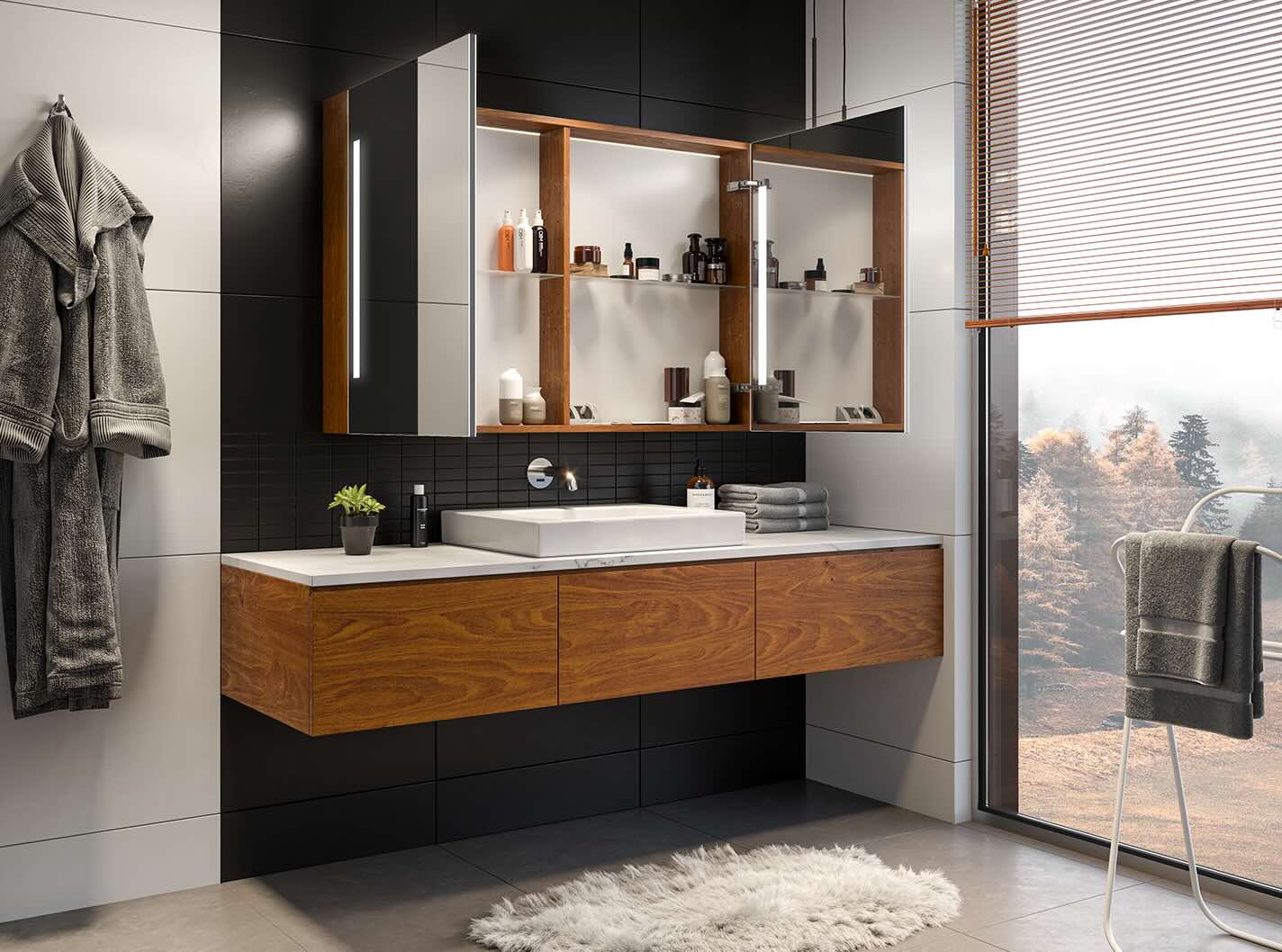

Bathroom Accessories
How To Measure For A Medicine Cabinet
Modified: February 27, 2024
Learn how to measure for a medicine cabinet to ensure a perfect fit in your bathroom. Find the right size and style for your bathroom accessories.
(Many of the links in this article redirect to a specific reviewed product. Your purchase of these products through affiliate links helps to generate commission for Storables.com, at no extra cost. Learn more)
Introduction
When it comes to bathroom organization and functionality, a well-chosen medicine cabinet can make a significant difference. Not only does it provide valuable storage space for essential items, but it also contributes to the overall aesthetics of the bathroom. However, before you can select the perfect medicine cabinet for your space, it's crucial to accurately measure the area where it will be installed. This ensures a seamless and tailored fit, preventing any potential issues during installation.
Properly measuring for a medicine cabinet involves more than just determining the width and height of the available space. Factors such as depth, door swing, and surrounding fixtures all play a role in ensuring that the chosen cabinet fits perfectly and functions optimally. By following a few simple steps and considering these essential factors, you can confidently select a medicine cabinet that not only complements your bathroom's design but also meets your storage needs.
In the following guide, we will walk you through the process of measuring for a medicine cabinet, providing you with the knowledge and confidence to make an informed decision. By the end of this article, you will be equipped with the necessary tools and understanding to measure your bathroom space accurately and select the ideal medicine cabinet for your needs. Let's dive into the step-by-step process to ensure that your next medicine cabinet perfectly complements your bathroom space.
Key Takeaways:
- Properly measuring for a medicine cabinet involves more than just width and height. Consider depth, door swing, and surrounding fixtures for a seamless fit and optimal functionality.
- Gathering the right tools, measuring space meticulously, considering depth and height, accounting for door swing, and finalizing measurements are crucial for selecting the perfect medicine cabinet.
Step 1: Gather Necessary Tools
Before embarking on the task of measuring for a medicine cabinet, it's essential to gather the necessary tools to ensure accuracy and efficiency. Having the right tools at your disposal will streamline the process and help you obtain precise measurements. Here are the essential tools you'll need:
-
Measuring Tape: A reliable measuring tape is the cornerstone of this task. Ensure that it is long enough to measure the dimensions of the space accurately. A tape measure with both imperial and metric units is beneficial, as it provides flexibility in recording measurements.
-
Notebook and Pen: Keeping a notebook and pen handy is crucial for recording measurements and jotting down any additional notes or observations. This will help you stay organized and prevent any confusion when referencing the measurements later.
-
Level: While not always necessary, a level can be useful for ensuring that the cabinet will be installed straight and aligned with the rest of the bathroom fixtures. This is especially important for surface-mounted cabinets.
-
Flashlight: In some cases, the area where the medicine cabinet will be installed may have limited lighting. A flashlight can help you see and measure accurately, especially in tight or dimly lit spaces.
-
Helper: While not a tool in the traditional sense, having a helper can make the measuring process smoother, particularly when dealing with larger or heavier cabinets. An extra set of hands can assist in holding the tape measure and provide a second perspective.
By gathering these essential tools, you'll be well-prepared to begin the process of measuring for your new medicine cabinet. With the right tools at your disposal, you can proceed to the next step with confidence, knowing that you have everything you need to obtain accurate measurements and make an informed decision when selecting the perfect cabinet for your bathroom space.
Step 2: Measure the Space
Now that you have gathered the necessary tools, it's time to delve into the crucial step of measuring the space where your new medicine cabinet will be installed. This step requires precision and attention to detail to ensure that the cabinet fits seamlessly into the designated area. Here's a comprehensive guide on how to measure the space effectively:
-
Width and Height: Begin by measuring the width and height of the available space. Use the measuring tape to record these dimensions accurately. When measuring the width, start from one side of the space to the other, ensuring that the tape is level for an exact measurement. For the height, measure from the floor to the desired top placement of the cabinet. It's essential to consider any existing fixtures or obstructions that may impact the cabinet's placement.
-
Depth: Next, measure the depth of the space where the cabinet will be installed. This measurement is crucial, as it determines how far the cabinet will protrude from the wall. To measure the depth, start from the wall to the outermost point where the cabinet will be positioned. Take into account any molding or trim that may affect the cabinet's depth.
-
Clearance: Consider the surrounding area and ensure that there is adequate clearance for the cabinet door to open and close smoothly. Measure the distance from the cabinet's intended location to the nearest fixtures, such as sinks, faucets, or light fixtures. This clearance measurement is essential to prevent any obstructions that could hinder the functionality of the cabinet.
-
Observe Obstacles: Take note of any obstacles or irregularities in the space, such as electrical outlets, switches, or plumbing fixtures. These elements can impact the placement and installation of the cabinet. Measure the distance from these obstacles to the proposed location of the cabinet, ensuring that there is ample space for a seamless installation.
-
Consider Visual Balance: If the cabinet will be installed alongside other bathroom fixtures, such as a vanity or mirror, consider the visual balance and alignment. Measure the distance from the edges of adjacent fixtures to ensure a harmonious and aesthetically pleasing arrangement.
By meticulously measuring the space using the aforementioned steps, you will gather precise dimensions that are crucial for selecting a medicine cabinet that fits flawlessly into your bathroom. These measurements serve as the foundation for making an informed decision when choosing a cabinet that not only complements your space but also enhances its functionality. With the space accurately measured, you are ready to move on to the next steps in the process of selecting the perfect medicine cabinet for your bathroom.
Step 3: Consider Depth and Height
When it comes to selecting a medicine cabinet that seamlessly integrates into your bathroom space, considering the depth and height of the available area is paramount. These measurements play a crucial role in determining how the cabinet will fit within the designated space and its overall visual impact. Here's a detailed exploration of why depth and height considerations are essential when measuring for a medicine cabinet.
Depth
The depth of the space where the medicine cabinet will be installed directly influences its protrusion from the wall and its overall visual presence. Measuring the depth accurately ensures that the cabinet aligns with the surrounding fixtures and does not obstruct the flow of the bathroom. It's important to consider any molding, trim, or other architectural elements that may affect the cabinet's depth.
A deeper cabinet provides increased storage capacity, accommodating larger items and a greater quantity of essentials. However, in smaller bathrooms or areas with limited space, a shallower depth may be more practical, preventing the cabinet from encroaching on the surrounding area. By measuring the depth meticulously, you can make an informed decision regarding the ideal cabinet depth that balances storage needs with spatial considerations.
Read more: How To Install A Medicine Cabinet
Height
The height measurement of the available space is equally critical, as it determines the vertical placement of the medicine cabinet. By accurately measuring the height, you can ensure that the cabinet aligns with the overall design of the bathroom and complements adjacent fixtures. Consider any existing elements, such as light fixtures, mirrors, or architectural features, when determining the optimal height for the cabinet.
Additionally, the height measurement influences the cabinet's accessibility and functionality. Ensuring that the cabinet is positioned at a convenient height for everyday use is essential for a seamless and user-friendly experience. Whether it's within easy reach for frequently used items or positioned higher to accommodate taller bottles and containers, the height measurement directly impacts the cabinet's practicality and ergonomic design.
By meticulously considering the depth and height of the available space, you can confidently select a medicine cabinet that harmonizes with your bathroom's layout and meets your storage needs. These measurements serve as the foundation for choosing a cabinet that not only fits perfectly within the designated area but also enhances the overall functionality and aesthetics of your bathroom. With depth and height considerations accounted for, you are well-equipped to proceed to the next steps in the process of selecting the ideal medicine cabinet for your space.
Step 4: Account for Door Swing
When measuring for a medicine cabinet, it's crucial to account for the door swing to ensure that the cabinet's functionality is not compromised. The door swing refers to the space required for the cabinet door to open and close freely without any obstructions. By considering the door swing during the measurement process, you can guarantee that the selected cabinet operates seamlessly within the available space.
To account for the door swing, begin by visualizing the area where the medicine cabinet will be installed. Imagine the cabinet door swinging open and identify the clearance required for unobstructed movement. This clearance measurement is essential for preventing any interference with nearby fixtures, walls, or other elements in the bathroom.
Next, use the measuring tape to determine the distance that the cabinet door will extend when fully open. Measure from the closed position to the point where the door reaches its maximum extension. This measurement provides a clear understanding of the space needed for the door swing and ensures that it does not impede the surrounding area.
Consider any adjacent fixtures, such as sinks, toilets, or bathtubs, and ensure that the door swing does not encroach upon these elements. Additionally, take into account the proximity of walls or other cabinets to guarantee that the door can open and close without any restrictions.
If the cabinet will be installed in a confined or tight space, such as a small powder room or compact bathroom, the door swing becomes even more critical. In such scenarios, opting for a cabinet with a reversible door swing or a sliding door can maximize space efficiency and provide flexibility in installation.
By meticulously accounting for the door swing during the measurement process, you can confidently select a medicine cabinet that seamlessly integrates into your bathroom space. These considerations ensure that the cabinet door operates smoothly and that its functionality is not compromised by spatial constraints. With the door swing accounted for, you are ready to proceed to the final step of finalizing your measurements and selecting the perfect medicine cabinet for your bathroom.
When measuring for a medicine cabinet, be sure to measure the width, height, and depth of the space where the cabinet will be installed. Take accurate measurements to ensure the cabinet will fit properly.
Step 5: Finalize Your Measurements
After meticulously measuring the width, height, depth, and accounting for the door swing, it's crucial to finalize your measurements with precision and attention to detail. This step serves as the culmination of the measuring process, ensuring that you have gathered accurate dimensions that will guide you in selecting the perfect medicine cabinet for your bathroom.
Begin by reviewing each measurement and verifying its accuracy. Double-check the recorded dimensions to eliminate any potential errors or discrepancies. It's essential to ensure that the measurements align with the specific requirements of the space and reflect any nuances or irregularities that may impact the installation of the cabinet.
Once you have confirmed the accuracy of each measurement, compile them into a comprehensive overview. Organize the width, height, and depth measurements, along with the door swing clearance, in a clear and structured format. This consolidated overview provides a holistic understanding of the spatial considerations and serves as a valuable reference when exploring potential medicine cabinet options.
Consider creating a visual representation of the space and its measurements. A simple sketch or diagram can offer a visual aid that complements the recorded dimensions. This visual reference can be particularly beneficial when assessing how different cabinet designs and sizes will fit within the designated area.
As a final step in finalizing your measurements, take note of any specific requirements or preferences that may influence the selection of the medicine cabinet. For example, if you prioritize ample storage space, ensure that the depth measurement accommodates your storage needs. If visual harmony with existing fixtures is a priority, consider how the height measurement aligns with adjacent elements in the bathroom.
By meticulously finalizing your measurements, you are equipped with a comprehensive understanding of the available space and its specific dimensions. These finalized measurements serve as the cornerstone for selecting a medicine cabinet that seamlessly integrates into your bathroom, meeting both functional and aesthetic criteria.
With your measurements accurately finalized, you are now prepared to embark on the exciting process of exploring and selecting the ideal medicine cabinet that will elevate the functionality and visual appeal of your bathroom space.
Conclusion
In conclusion, measuring for a medicine cabinet is a fundamental step in the process of enhancing your bathroom's functionality and aesthetics. By following the comprehensive steps outlined in this guide, you have gained the knowledge and confidence to approach this task with precision and attention to detail.
The initial step of gathering the necessary tools, including a measuring tape, notebook, level, flashlight, and potentially a helper, ensures that you are well-equipped to obtain accurate measurements. These tools serve as the foundation for a seamless and efficient measuring process.
Measuring the space involves meticulous attention to the width, height, depth, clearance, and potential obstacles. By considering these factors, you have gained a thorough understanding of the spatial requirements for your new medicine cabinet. This comprehensive approach ensures that the selected cabinet will fit seamlessly into the designated area, harmonizing with existing fixtures and enhancing the overall functionality of your bathroom.
The consideration of depth and height is crucial in determining the visual impact and practicality of the cabinet. By accounting for these measurements, you have ensured that the selected cabinet will align with the overall design of your bathroom while meeting your storage needs.
Accounting for the door swing further enhances the functionality of the cabinet, ensuring that its operation is not hindered by spatial constraints. This consideration guarantees that the cabinet door can open and close smoothly, adding to the overall convenience and usability of the chosen cabinet.
Finally, by finalizing your measurements with precision and attention to detail, you have created a comprehensive overview of the spatial requirements for your new medicine cabinet. These finalized measurements serve as a valuable reference as you explore and select the ideal cabinet that perfectly complements your bathroom space.
With the knowledge and insights gained from this guide, you are now well-prepared to embark on the exciting journey of selecting a medicine cabinet that not only meets your storage needs but also enhances the visual appeal and functionality of your bathroom. Armed with accurate measurements and a clear understanding of your spatial requirements, you can confidently explore a diverse range of medicine cabinet options, ultimately selecting the perfect addition to your bathroom space.
Frequently Asked Questions about How To Measure For A Medicine Cabinet
Was this page helpful?
At Storables.com, we guarantee accurate and reliable information. Our content, validated by Expert Board Contributors, is crafted following stringent Editorial Policies. We're committed to providing you with well-researched, expert-backed insights for all your informational needs.
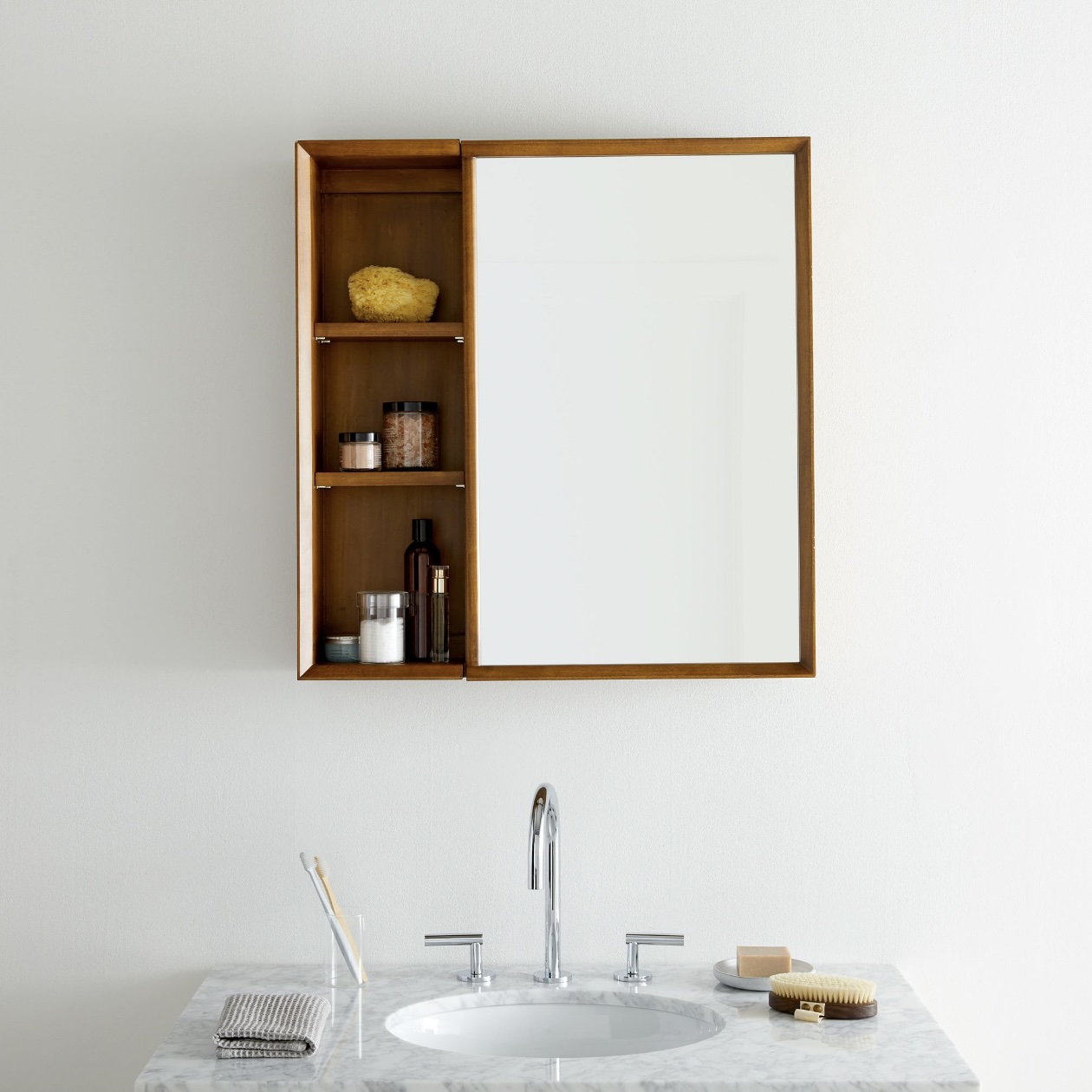
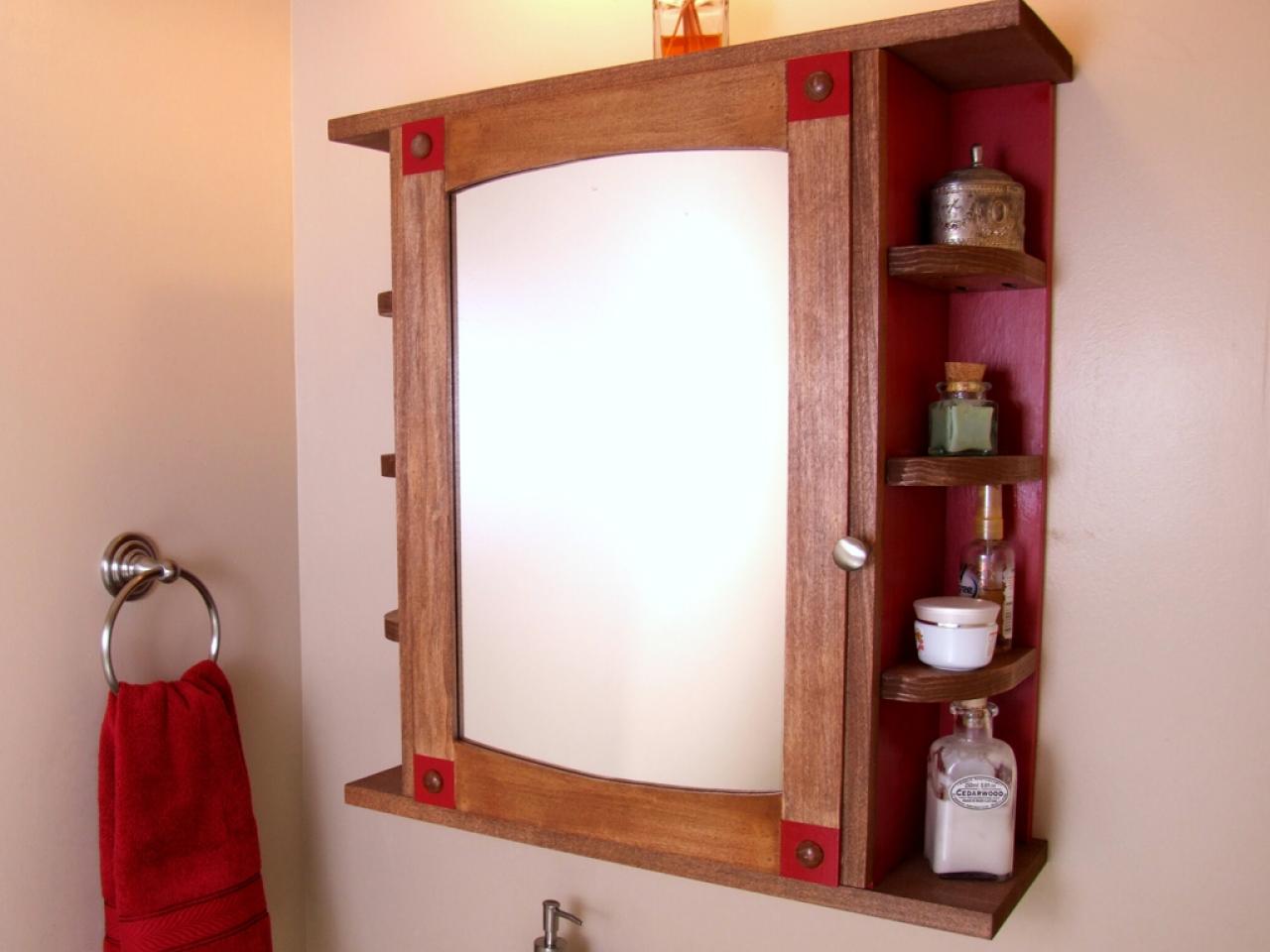
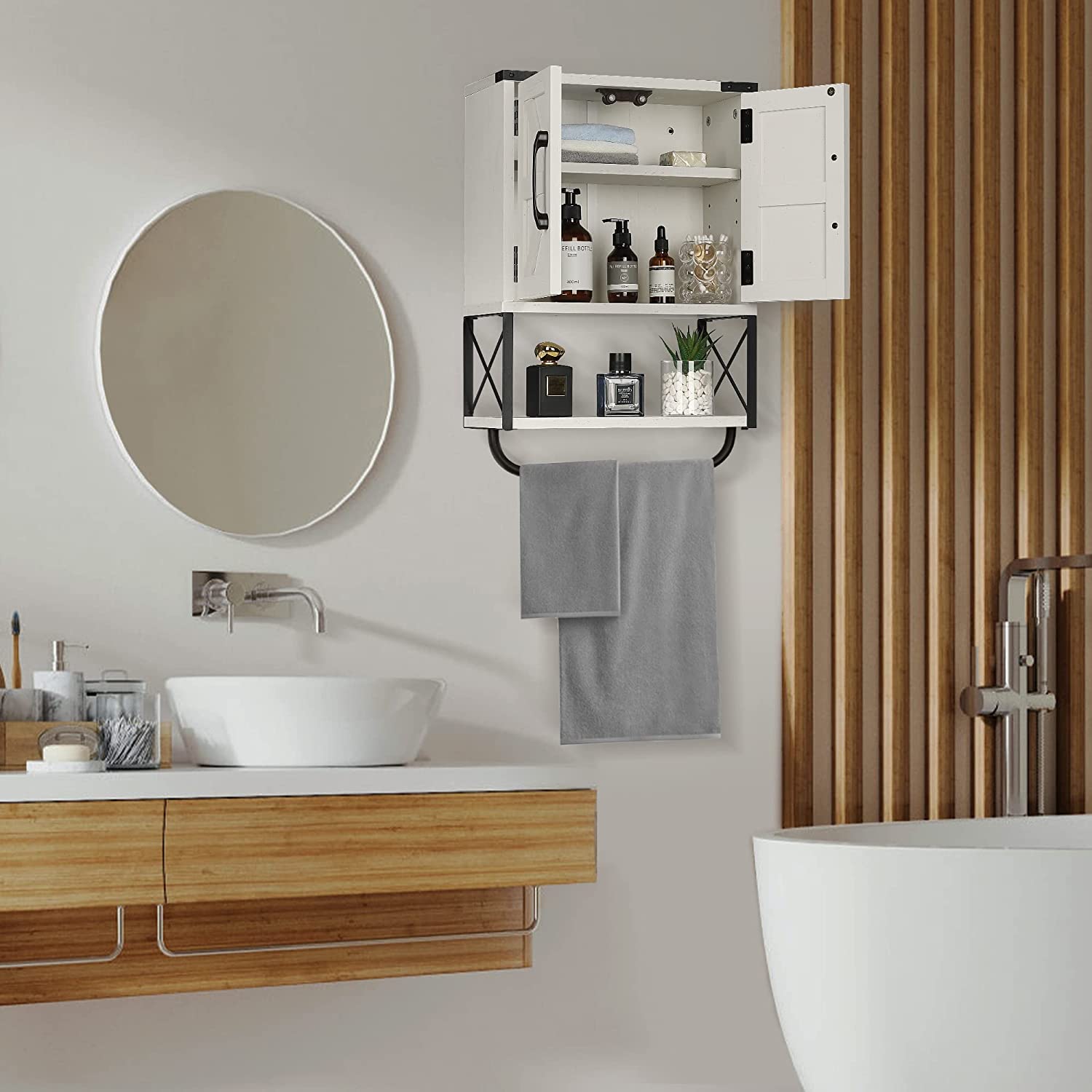

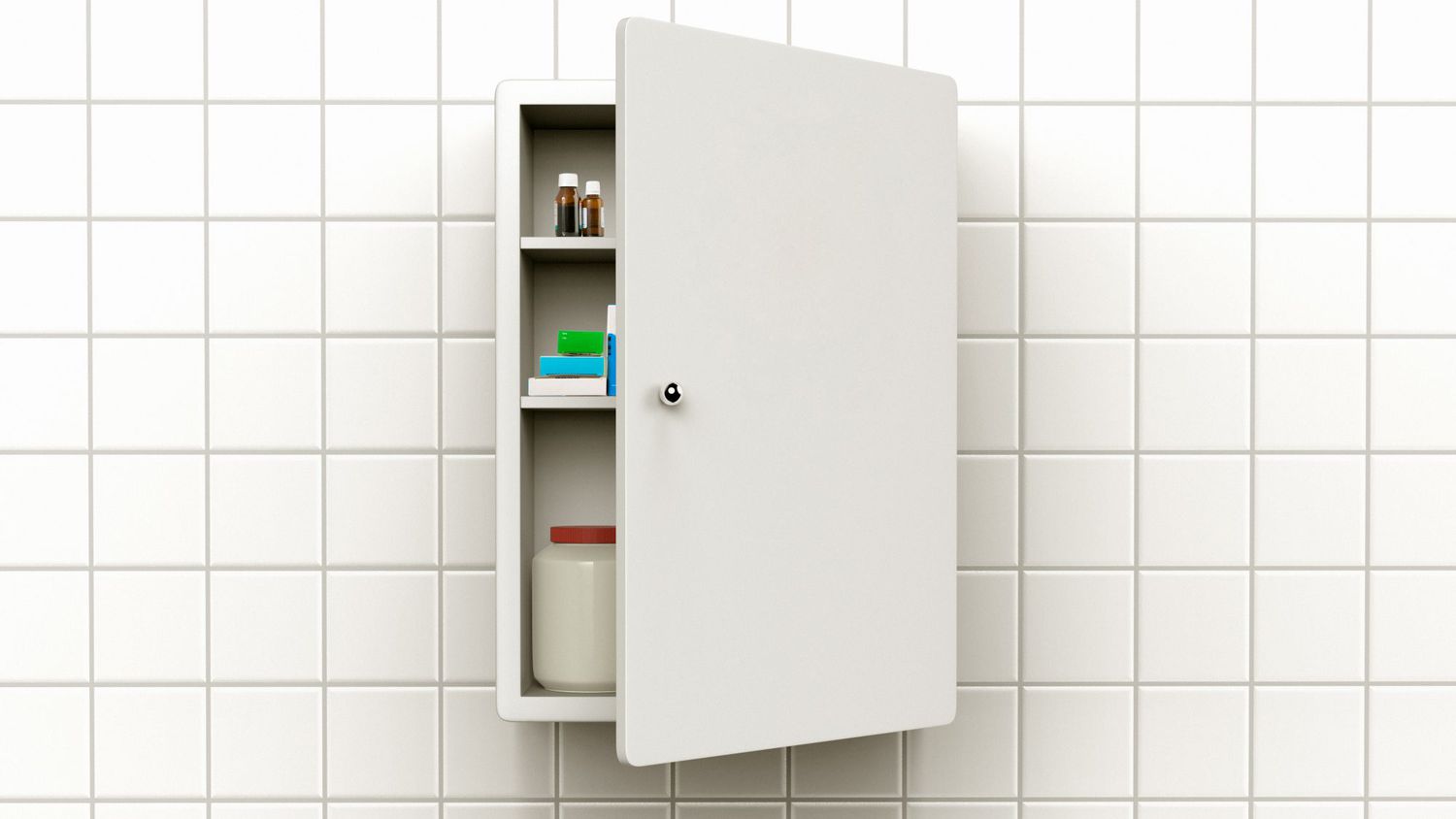
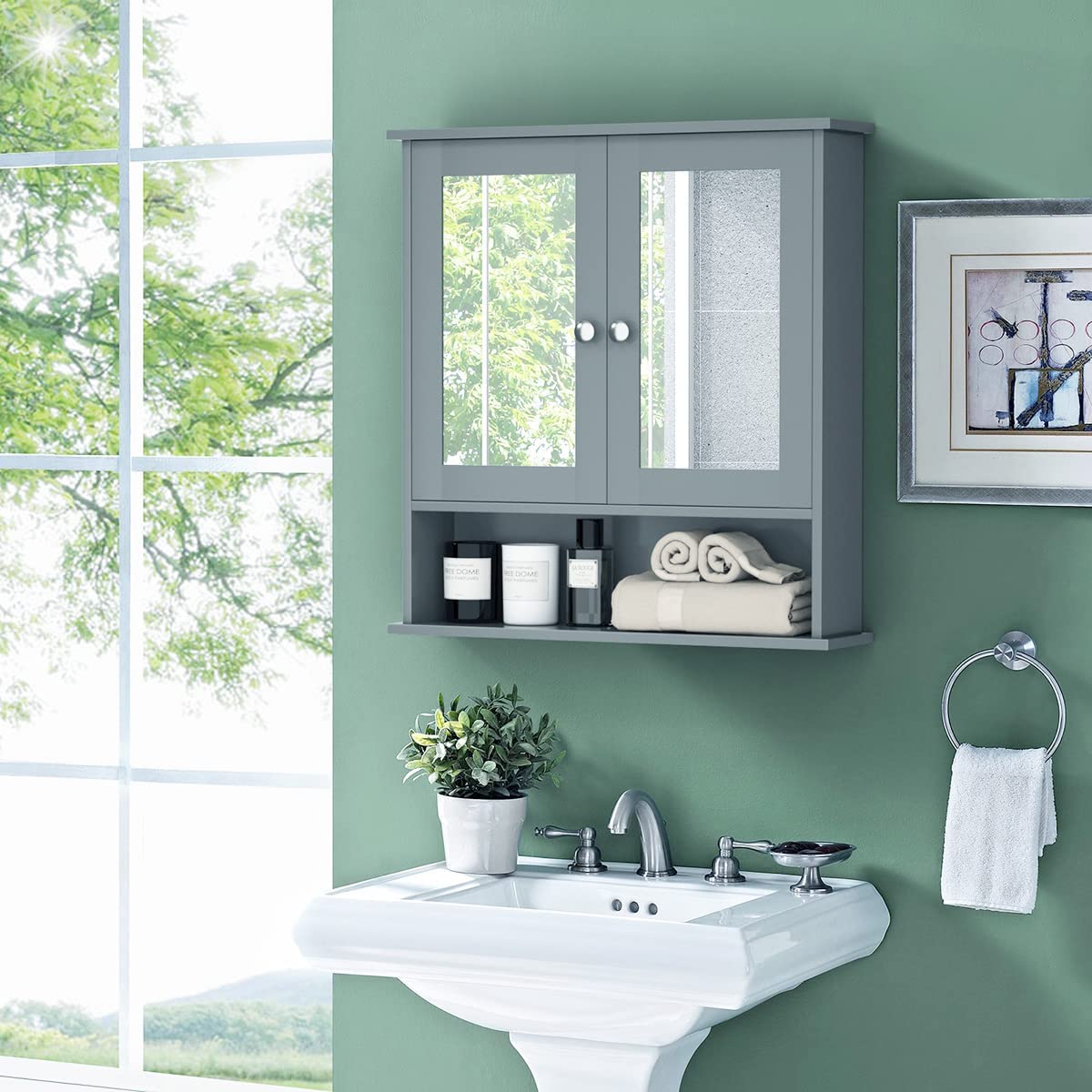
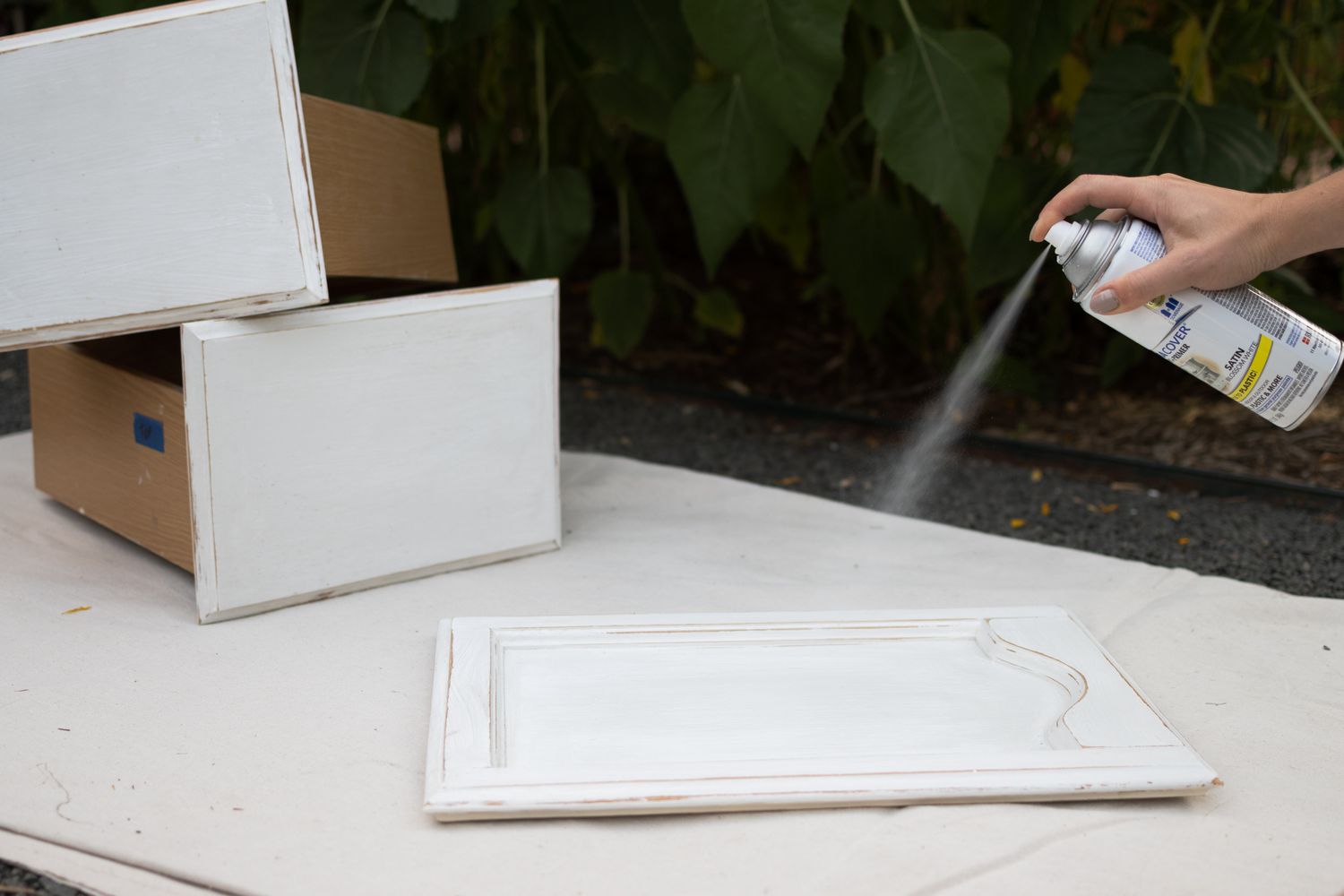
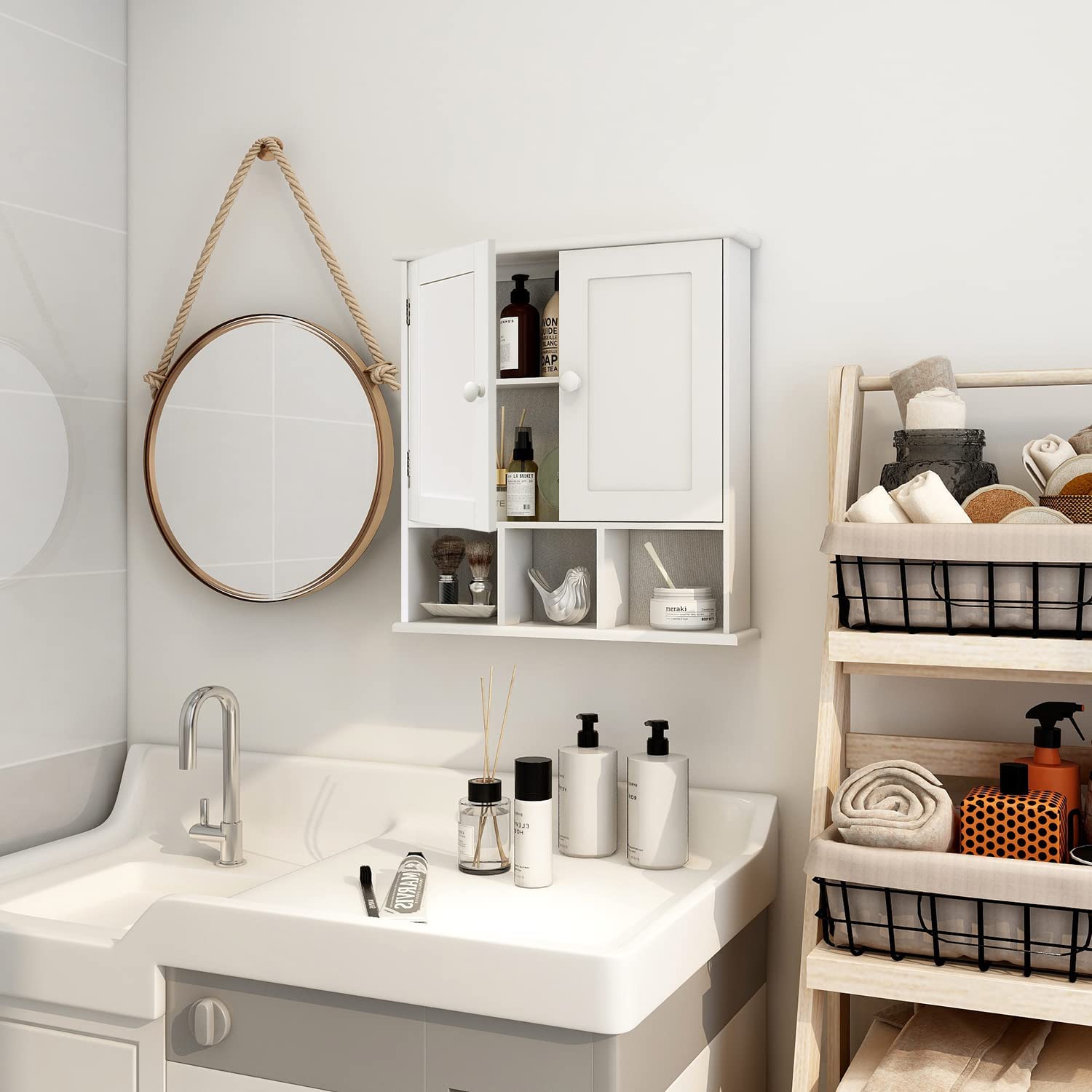
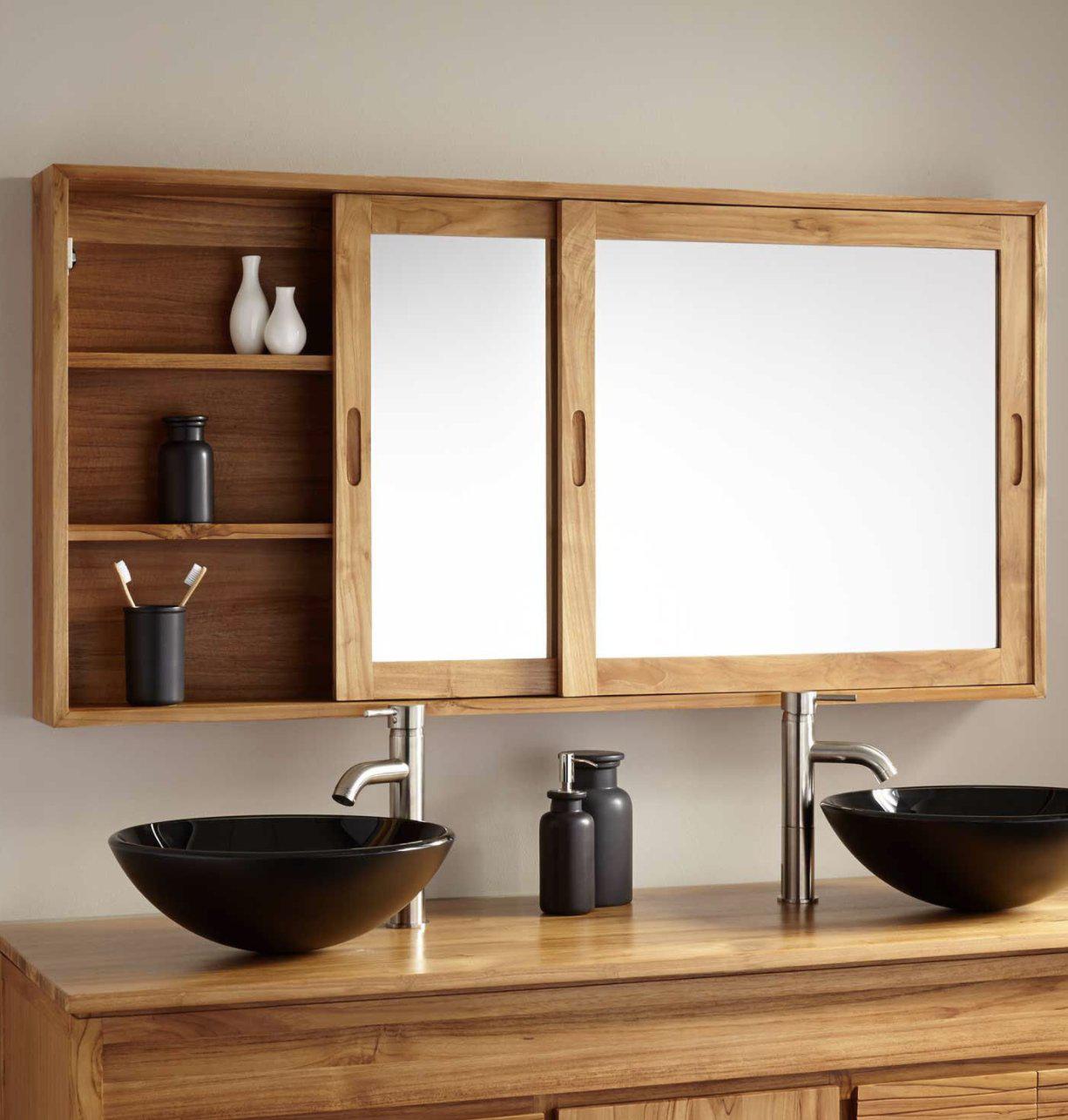
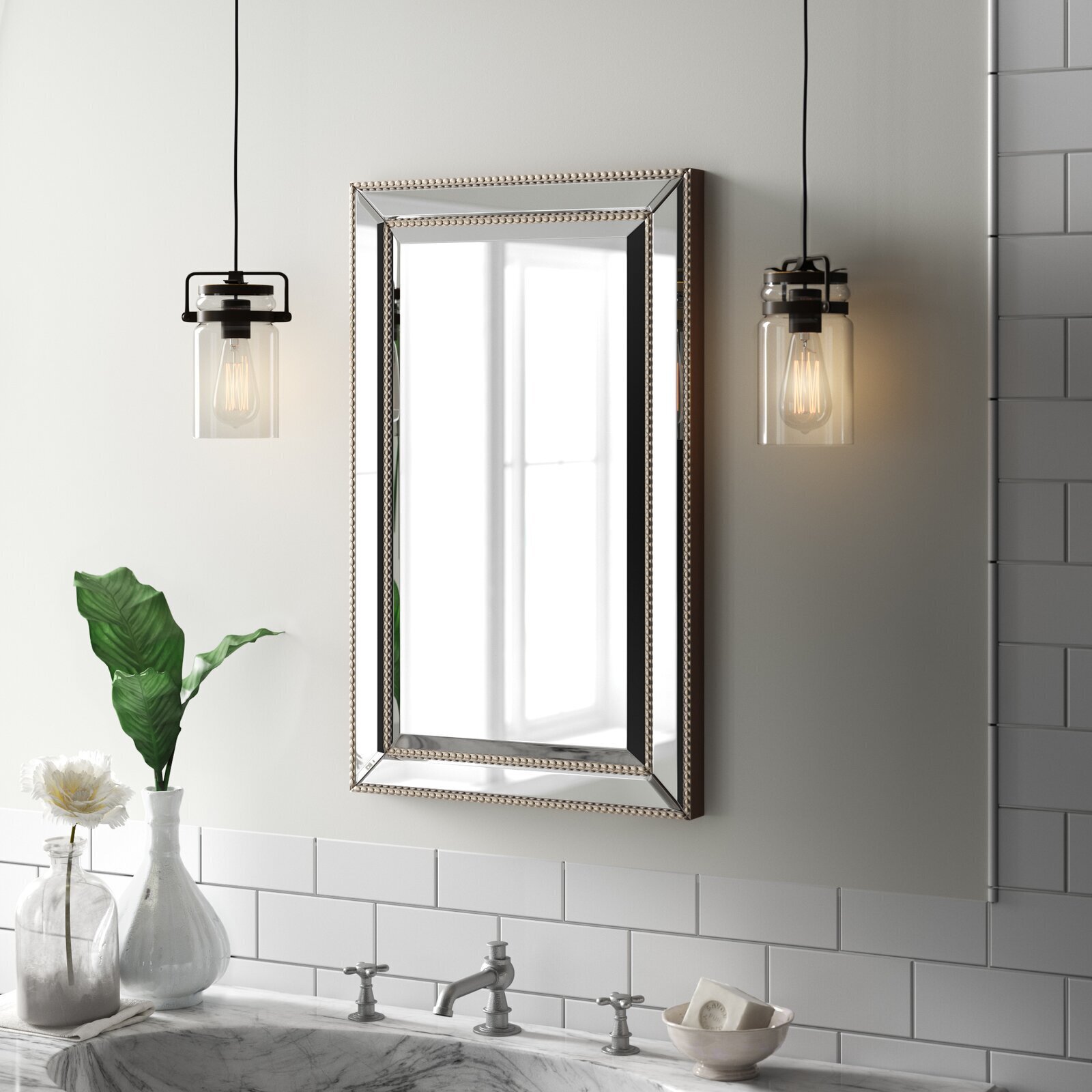
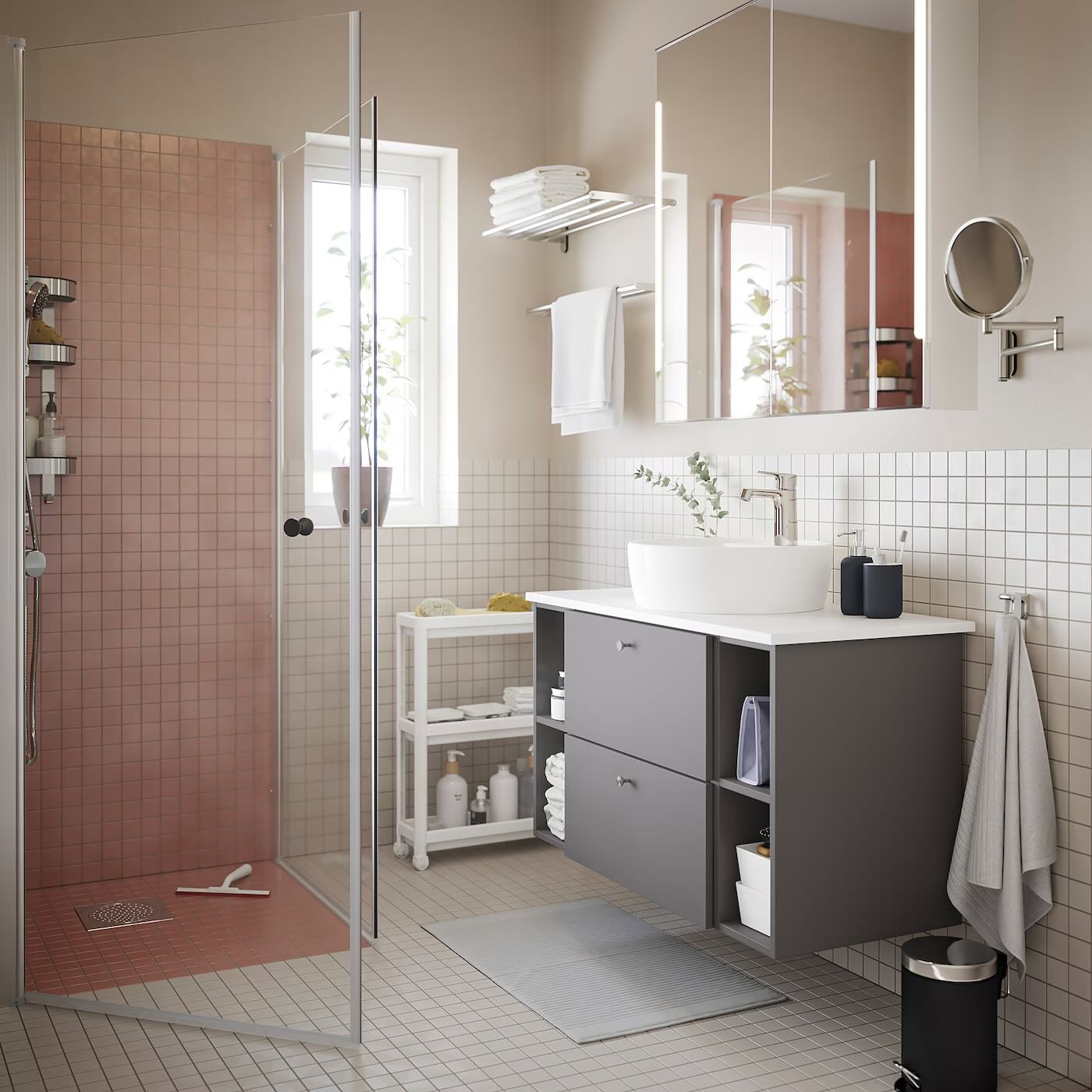
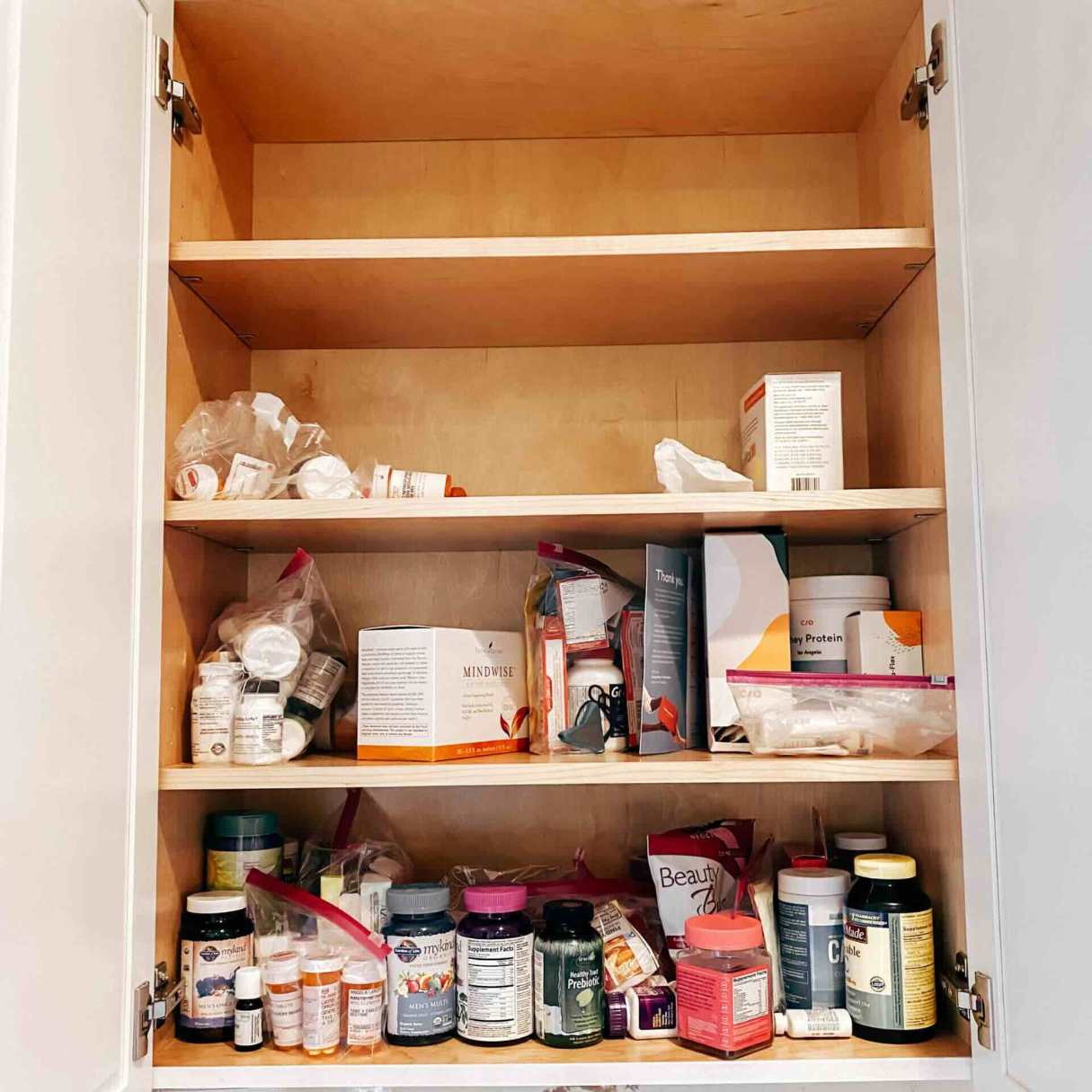
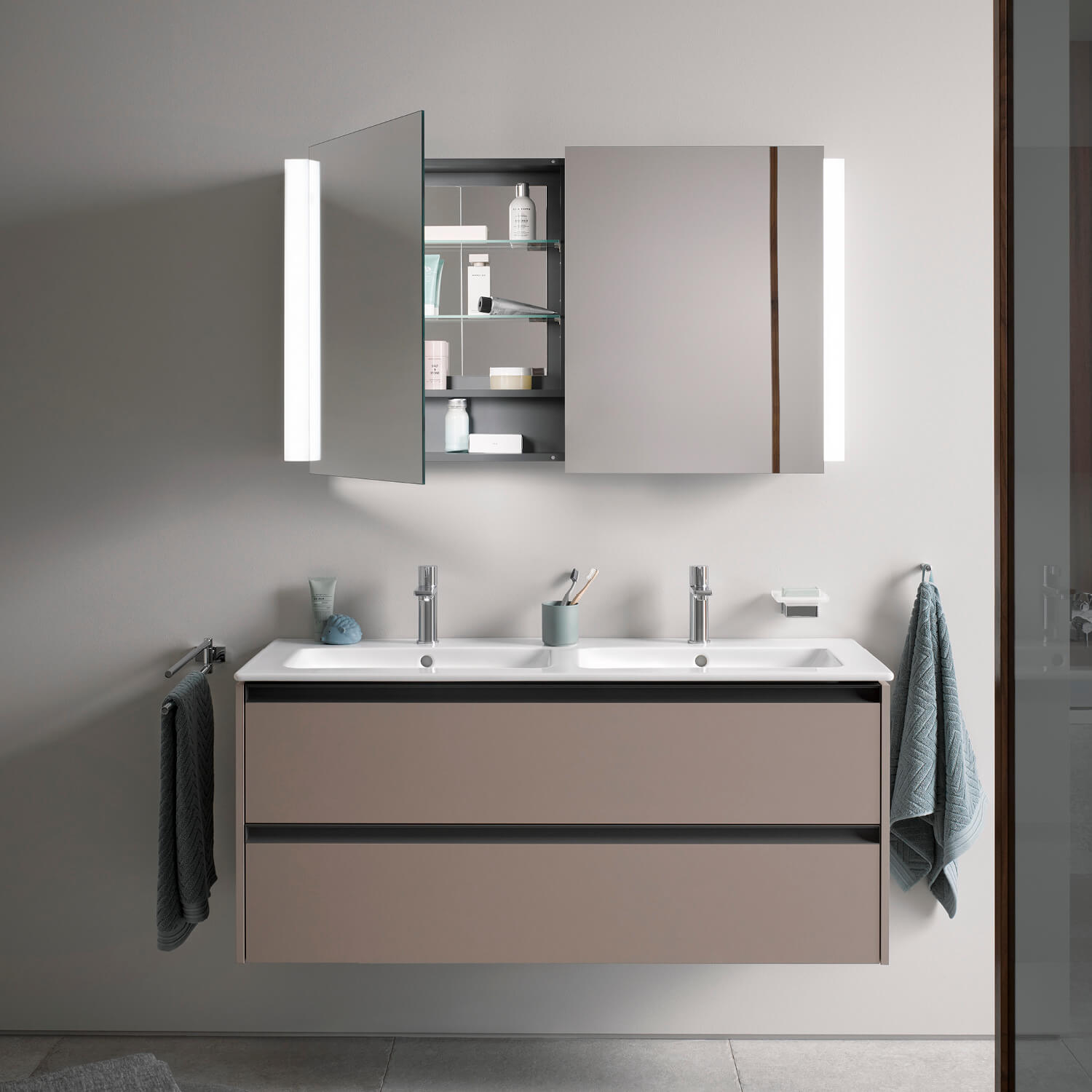
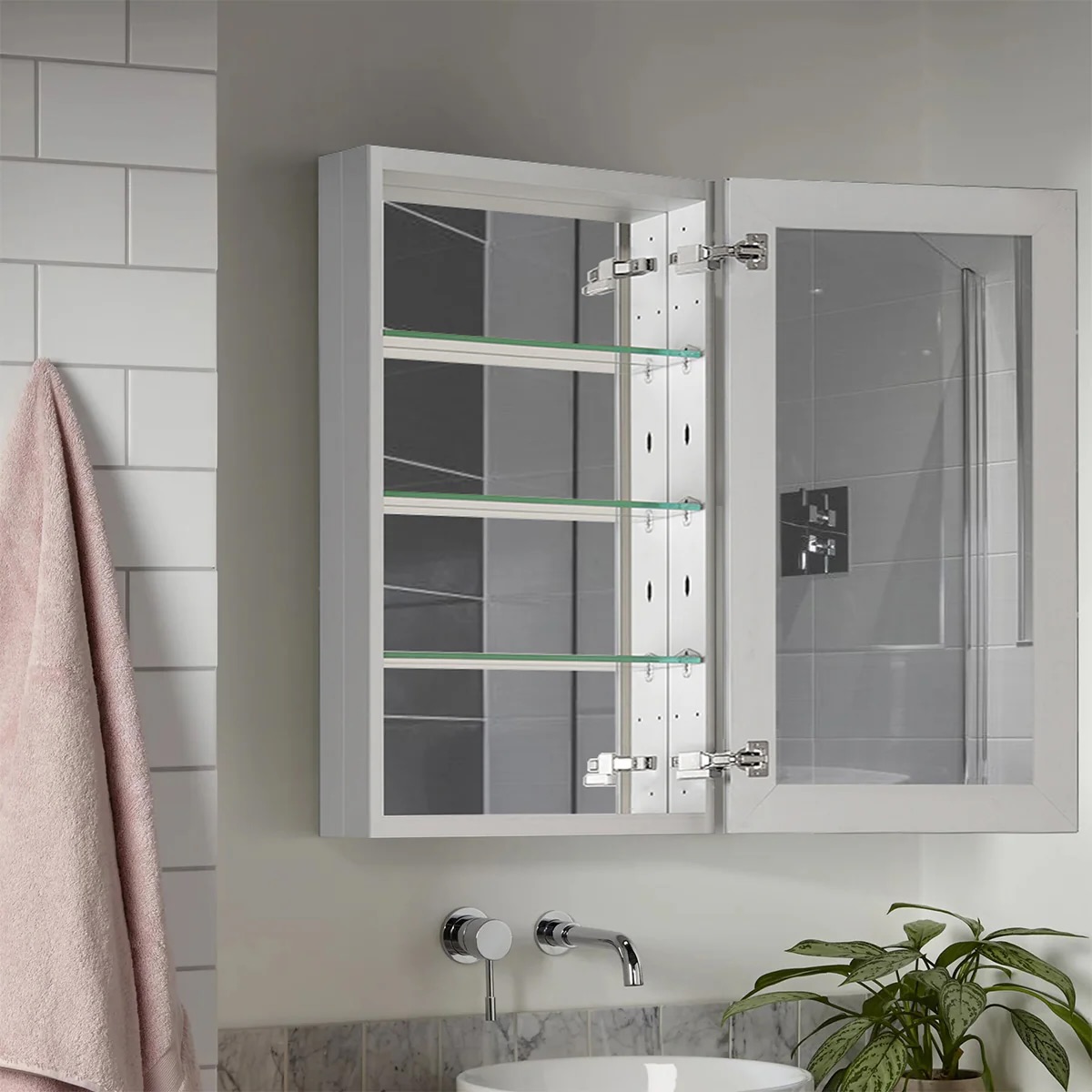

0 thoughts on “How To Measure For A Medicine Cabinet”